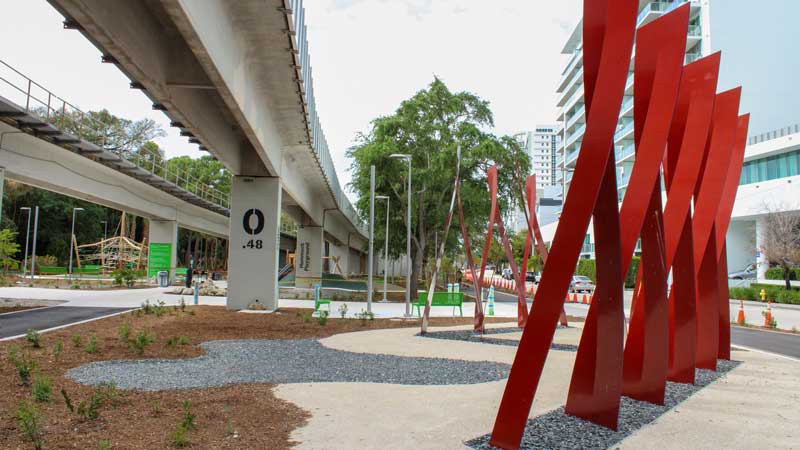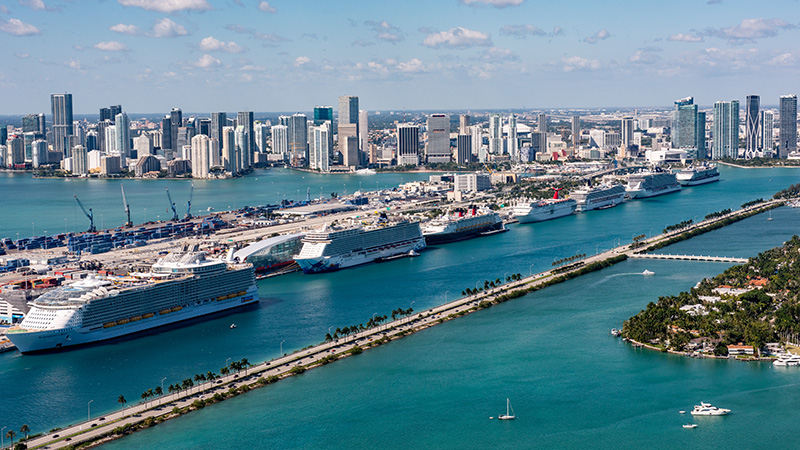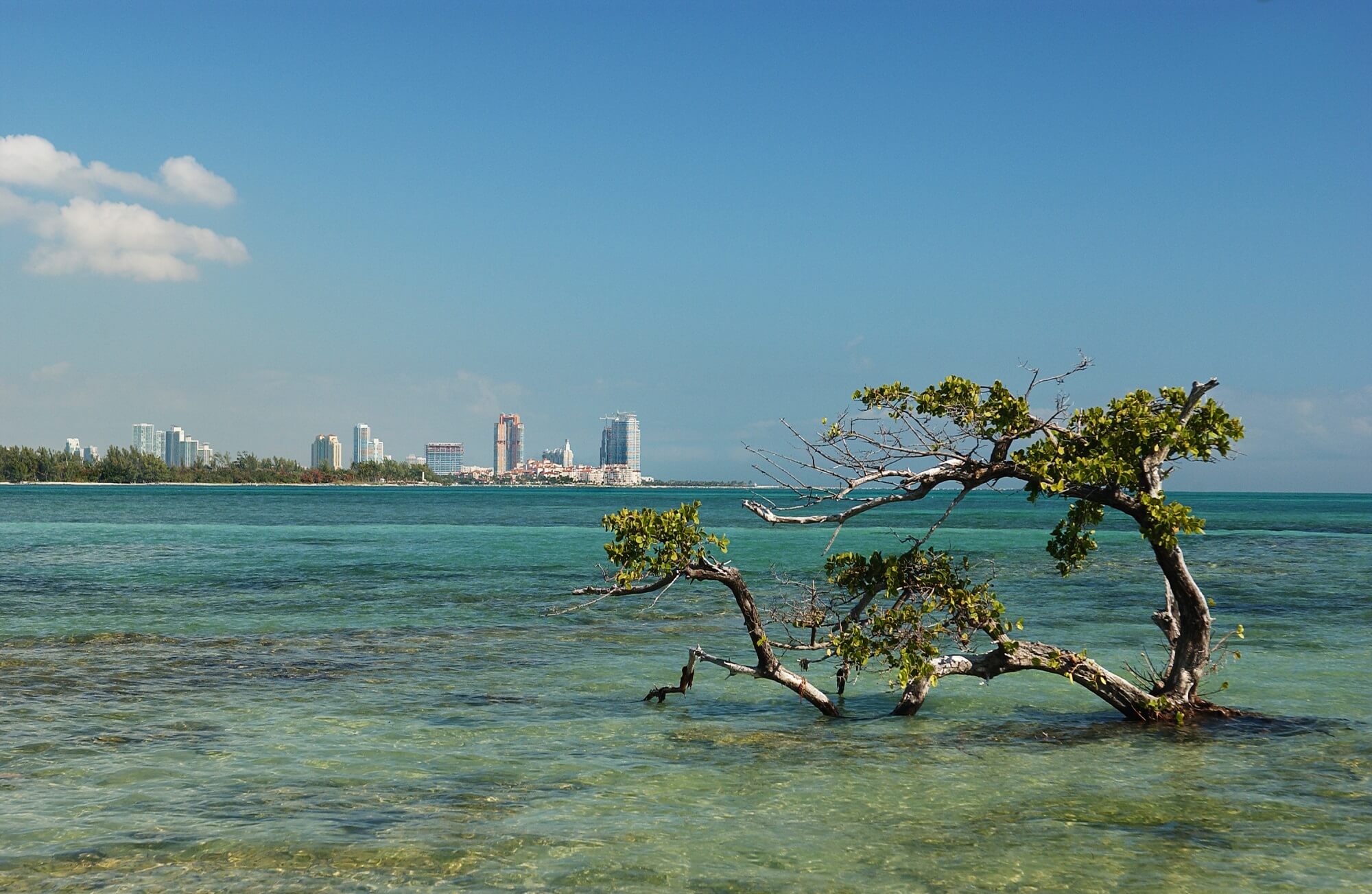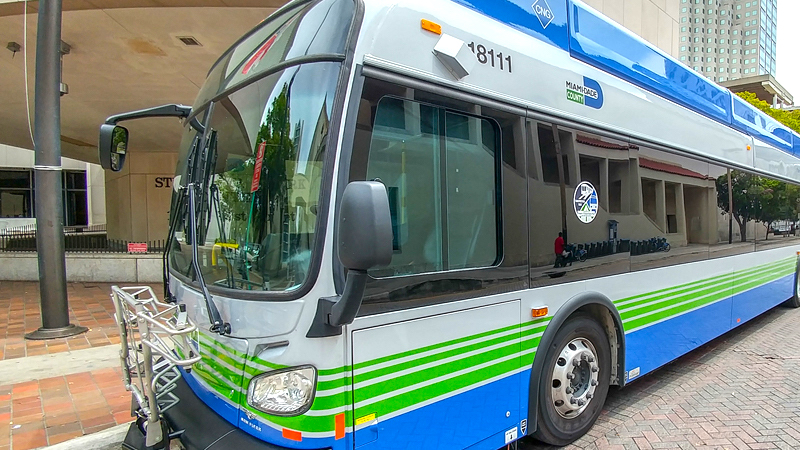Miami-Dade County is committed to reducing carbon emissions and improving quality of life for communities and riders. The Department of Transportation and Public Works (DTPW) is currently testing for service the first all-electric Proterra ZX5 bus. This was the first out of a total of 75 buses to be delivered by U.S.-based electric vehicle company Proterra to Miami-Dade County. This project builds on the County’s commitment on transportation electrification. Upon the full delivery of the vehicles, DTPW will run one of the largest fleets of 40-foot battery-powered electric buses in the United States. The other 74 electric buses, manufactured in the US, are slated to start arriving in Miami later this year (2022) and they will be ready to roll on the streets after completion of post-delivery inspections.
On June 4, 2021, Miami-Dade County’s Department of Transportation and Public Works (DTPW) broke ground on the South Dade TransitWay Corridor Rapid Transit Project. One of the six Strategic Miami Area Rapid Transit (SMART) Plan corridors. The project includes the construction of 14 new BRT stations with air-conditioned vestibule, real-time bus arrival information, off-board fare collection (like on Metrorail), free wi-fi, bicycle amenities, and CCTV cameras. Stations will be designed with center boarding platforms, eliminating the need to step up onto the vehicles, allowing for quicker boarding and easier access. The remaining existing 16 bus stops will also receive upgrades to both northbound and southbound shelters. In 2020, the FTA awarded DTPW a $99.9 million grant. This is the largest Federal Capital Investment Grant that Miami-Dade County received since the Metromover extension in 1993 and the original South Miami-Dade Busway in 1999. The total project cost of the TransitWay construction is an estimated $300 million, which is funded with a $100 million investment by three partnering agencies: Miami-Dade County, the Florida Department of Transportation (FDOT), and the Federal Transit Administration (FTA).





